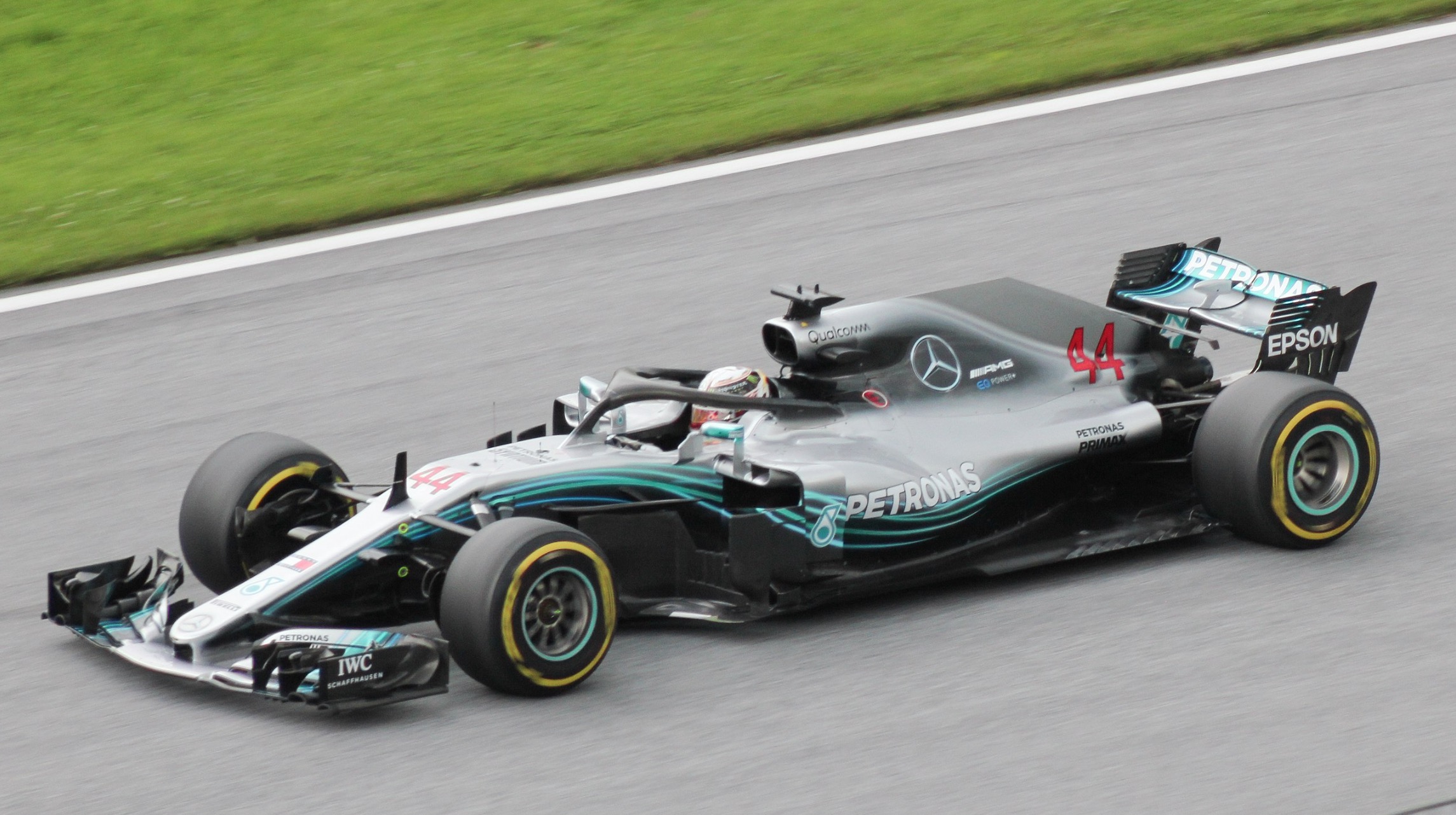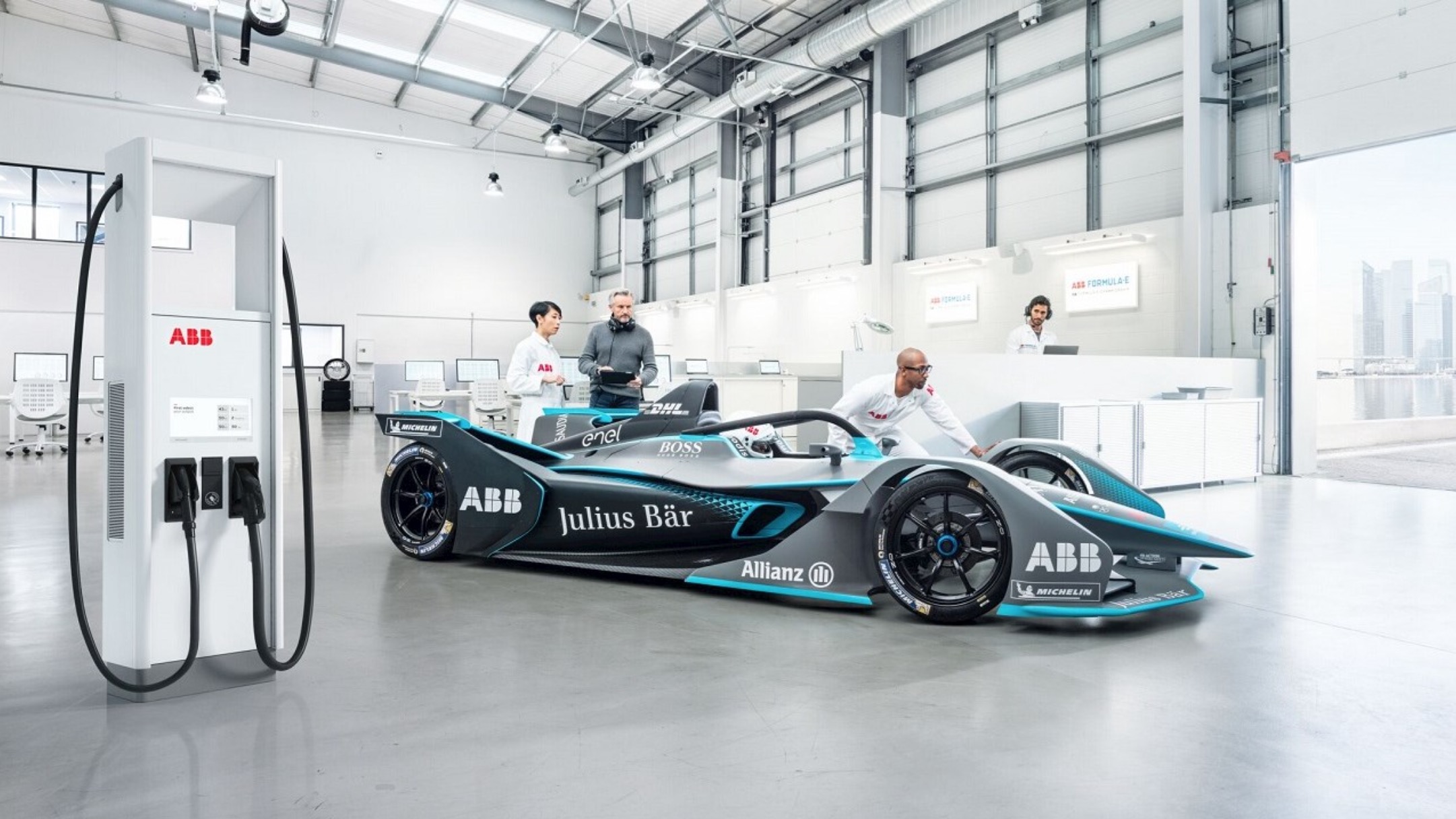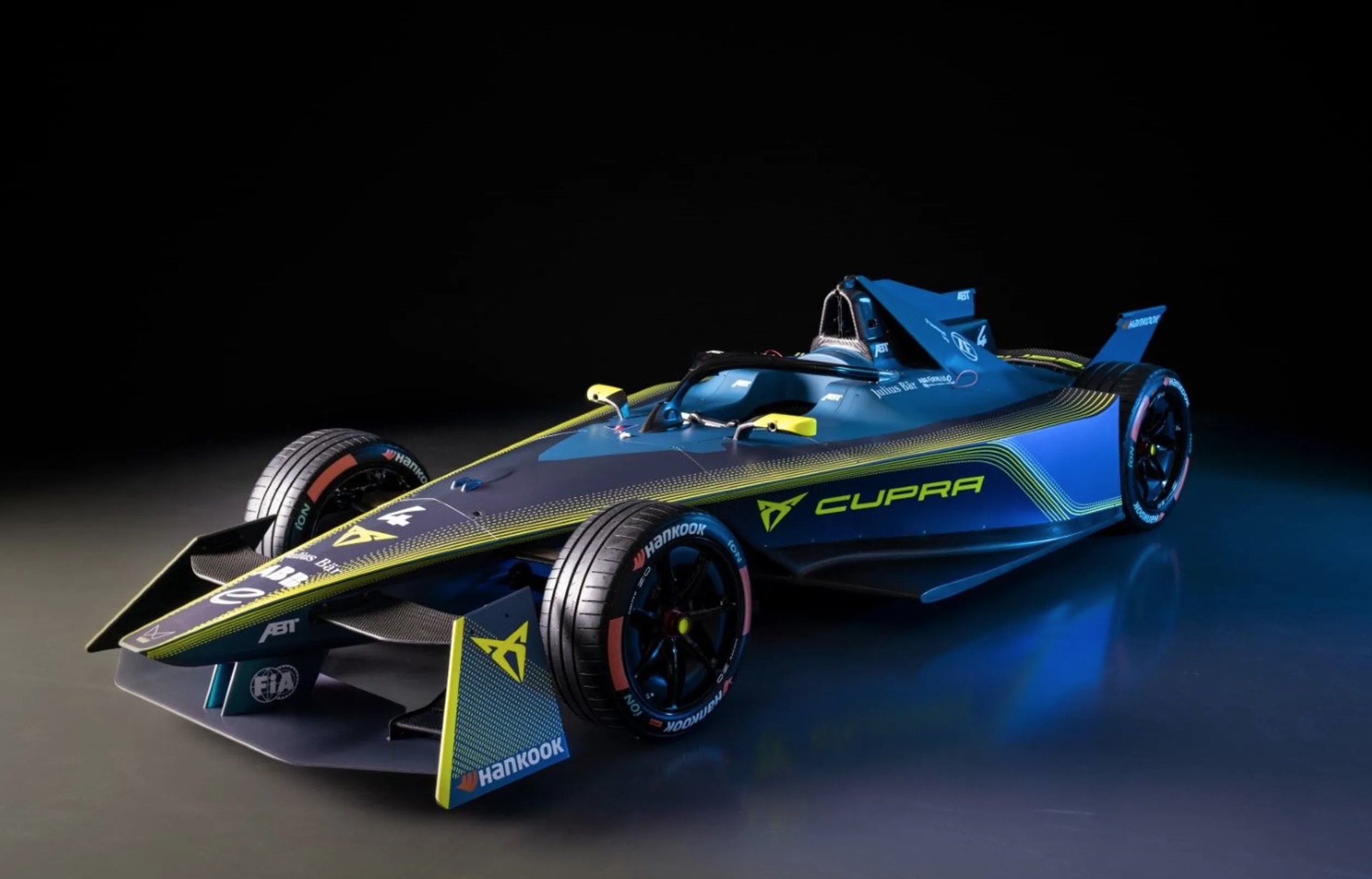What Is Racecraft? Explained
You’ve heard it, but what is racecraft in Formula 1 racing? A race car driver’s racecraft refers to a driver’s ability to race competitively and make strategic decisions on the track. It encompasses everything from a driver’s skill at overtaking and defending their position, to their ability to manage their tires and fuel, and make quick decisions under pressure.
One key aspect of racecraft is the ability to read the race and predict what other drivers will do. A driver who can anticipate the moves of their competitors will be better equipped to make decisions on when to make a move, when to defend, and when to conserve their tires or fuel.
Another important element of racecraft is a driver’s ability to manage their tires and fuel. F1 cars are incredibly fast and demanding machines, and a driver who can conserve their tires and fuel while still pushing the car to its limits will be more likely to finish at the front of the pack.
Racecraft is also about the ability to overtake and defend. A driver who can make quick and decisive moves, while also being able to defend their position when under attack, will be more successful in the sport.
Overall, racecraft is a combination of skill, strategy and intelligence, which when combined with a good car, could lead a driver to become a F1 World Champion.
That’s Great. So, Which Formula 1 Driver Has the Best Racecraft?
Although there have been many greats before him, Lewis Hamilton is widely considered one of the best drivers in Formula 1 history, and his racecraft is a big reason why. One example of his excellent racecraft came at the 2018 German Grand Prix where he started behind and won. Hamilton, who was driving for Mercedes, started the race in 14th place due to a five-place grid penalty for a gearbox change.
Despite the setback, Hamilton was able to make his way through the field and eventually take the lead of the race. He went on to win the race, crossing the finish line over 20 seconds ahead of the second-place driver. The victory was a testament to Hamilton’s skill as a driver and his ability to bounce back from adversity.
Lewis Hamilton won the 2018 German Grand Prix is an example of good racecraft for several reasons.
First, starting from 14th place on the grid, Hamilton was able to quickly and effectively make his way through the field. This required good judgement of when to push, when to conserve tires and fuel, and when to make bold moves to pass other cars. He was able to make the most of his car’s pace and his own driving skills to make up ground and pass other drivers.
Another reason to applaud Lewis Hamilton’s racecraft was how he demonstrated great tire management throughout the race. He was able to make his tires last longer than his competitors, which allowed him to make fewer pit stops and maintain track position. This was crucial in his ability to move up the field and take the lead.
Lastly, Hamilton demonstrated great race strategy and execution. He was able to take advantage of the safety car period and pit at the right time, which helped him to take the lead of the race. He then managed his gap to the second place driver for the remainder of the race and crossed the finish line with a comfortable lead.
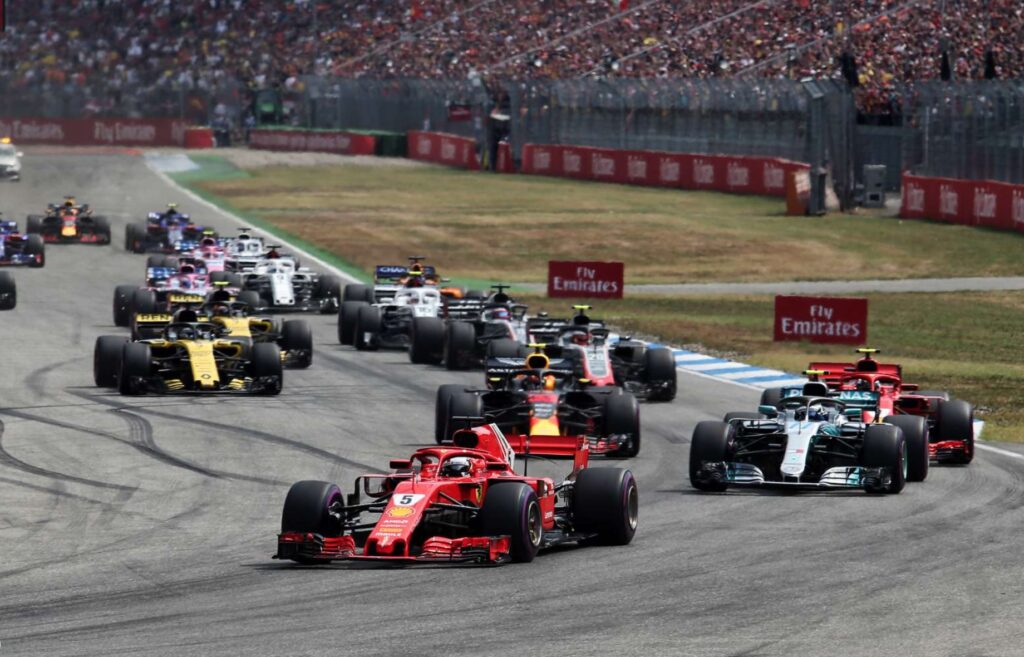
Racecraft Past vs. Present
The racecraft of Formula 1 drivers in the 80s and 90s was characterized by a different set of challenges and strategies compared to drivers today.
In the 80s and 90s, Formula 1 cars had less aerodynamic grip, and less advanced technology, which meant that drivers had to rely more on mechanical grip and car setup. This put a greater emphasis on a driver’s ability to work closely with their engineers to find the perfect balance between speed and handling. Drivers also had to be more physically fit as the cars had less advanced power steering and less aerodynamic downforce which made it harder to drive for hours.
Additionally, during that era, the sport was less reliant on telemetry and data analysis, and drivers had to rely more on their instincts and feel for the car to make strategic decisions on the track. Overtaking was more difficult and dangerous as the cars were less aerodynamic, so drivers had to be more patient and wait for the right moment to make a move.
Today, Formula 1 cars are much more advanced, with sophisticated aerodynamics and advanced technology. Drivers have access to a wealth of data and telemetry, which they use to make strategic decisions on the track. The cars are also much more aerodynamic, which makes overtaking much easier. Additionally, the sport is much more reliant on advanced simulations and virtual testing, which means that drivers have to be proficient in working with engineers and interpreting data.
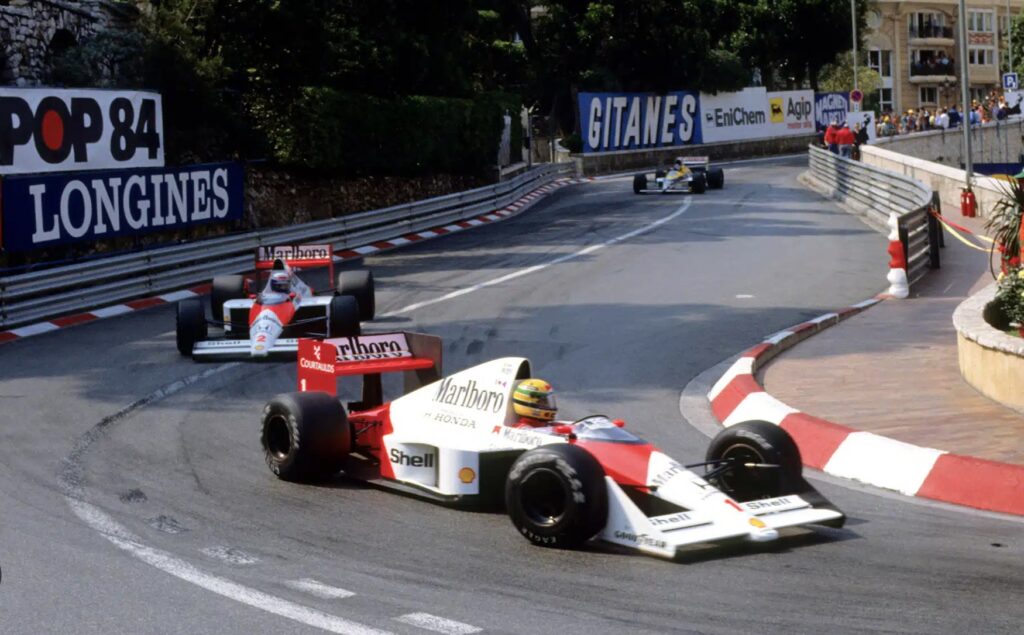
In summary, the racecraft of drivers in the 80s and 90s was characterized by a greater emphasis on mechanical grip and car setup, as well as a greater reliance on instincts and feel. Today’s drivers have to be proficient in working with advanced technology, data analysis, and simulation, while also having a high level of precision and consistency in their driving.

